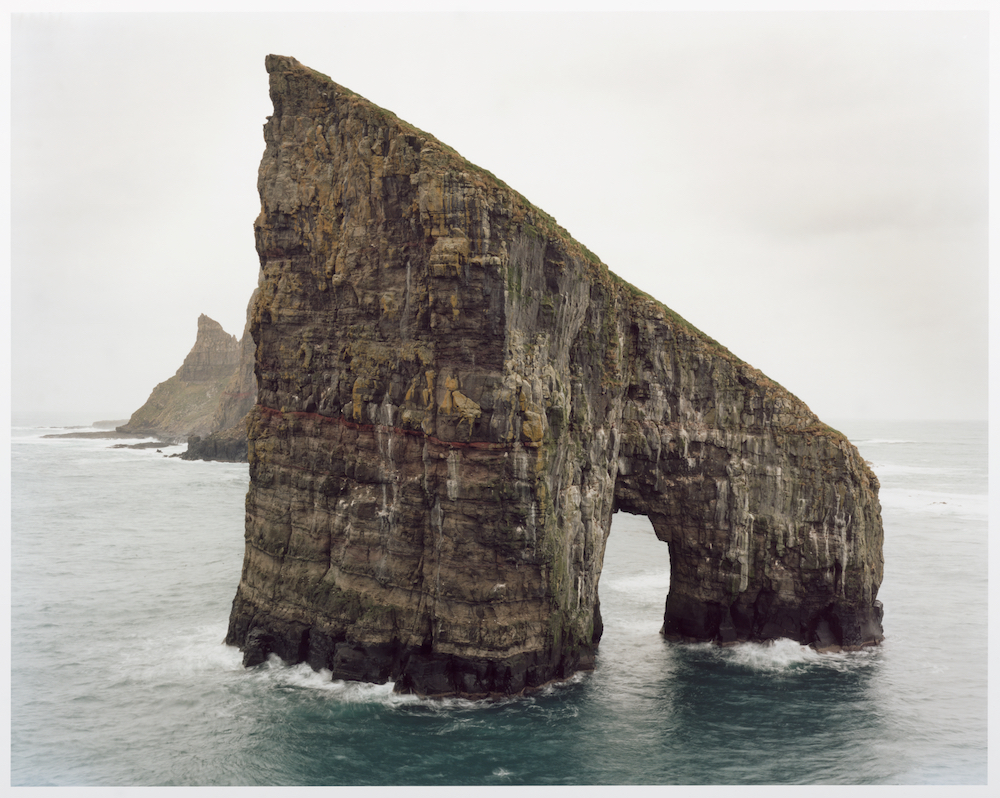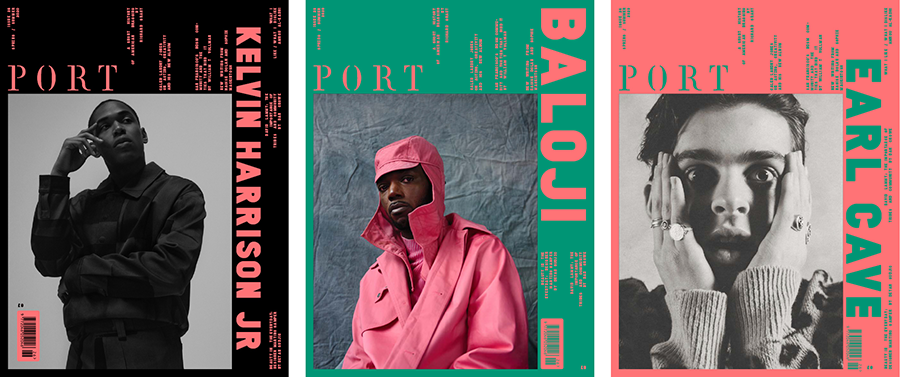In search of the sublime at Drangarnir Rock

The name “Drangarnir” sounds like a castle from JRR Tolkien’s Middle-earth. In fact, the spectacular stack of Faroese basalt looks like CGI scenery too.
The improbable slant of its top and the keyhole shape below, through which the cobalt North Atlantic ceaselessly sloshes, draws admirers from around the world. Visitors must inch their way along sheep tracks for three hours for a view of this natural icon.
“I like islands – and I suspect most novelists do,” wrote Will Self, “because they’re discrete and legible, just like stories.”
If small islands loom large in our imagination, tiny islands and rock formations play the starring roles in our stories.
Drangarnir – its name in Faroese simply means “the sea stacks” – lies off the coast of the island of Vágar. It was probably once connected to Tindhólmur, the large, dramatic uninhabited islet beyond.
Each of the five pinnacles on Tindhólmur’s peak has a name. Ysti, the furthest from Drangarnir, is the western-most spire. Arni is “the eagle”. Lítli, “the little spire”; Breiði, ‘the broad spire’ and finally, hunched over like an old man, Bogni, “the bent spire”.
According to local legend, a man and his wife once lived on the island with their beautiful baby daughter. One day, while the man went fishing, the mother left their daughter on the sunny grass outside. The chilling shadow of an enormous bird blocked out the sun – an eagle swept down and seized the baby. The mother chased after the bird’s shadow to the top of Arni peak. By the time she reached it, the eagle had pecked out her child’s eyes, but the furious mother fought it off and saved her daughter’s life.
Today, travel bloggers, vloggers and Instagrammers tell stories of their adventures to Drangarnir that unconsciously echo this myth. On their trek to admire the rock, they are swooped upon by great skuas – piratical seabirds notorious for robbing other birds of their food – which nest close to the path. The skuas, known as bonxies in Scotland, are simply being protective parents – rather like the family in the Faroese folktale
Photography Tobias Harvey

This article is taken from issue 26. To buy the issue or subscribe, click here